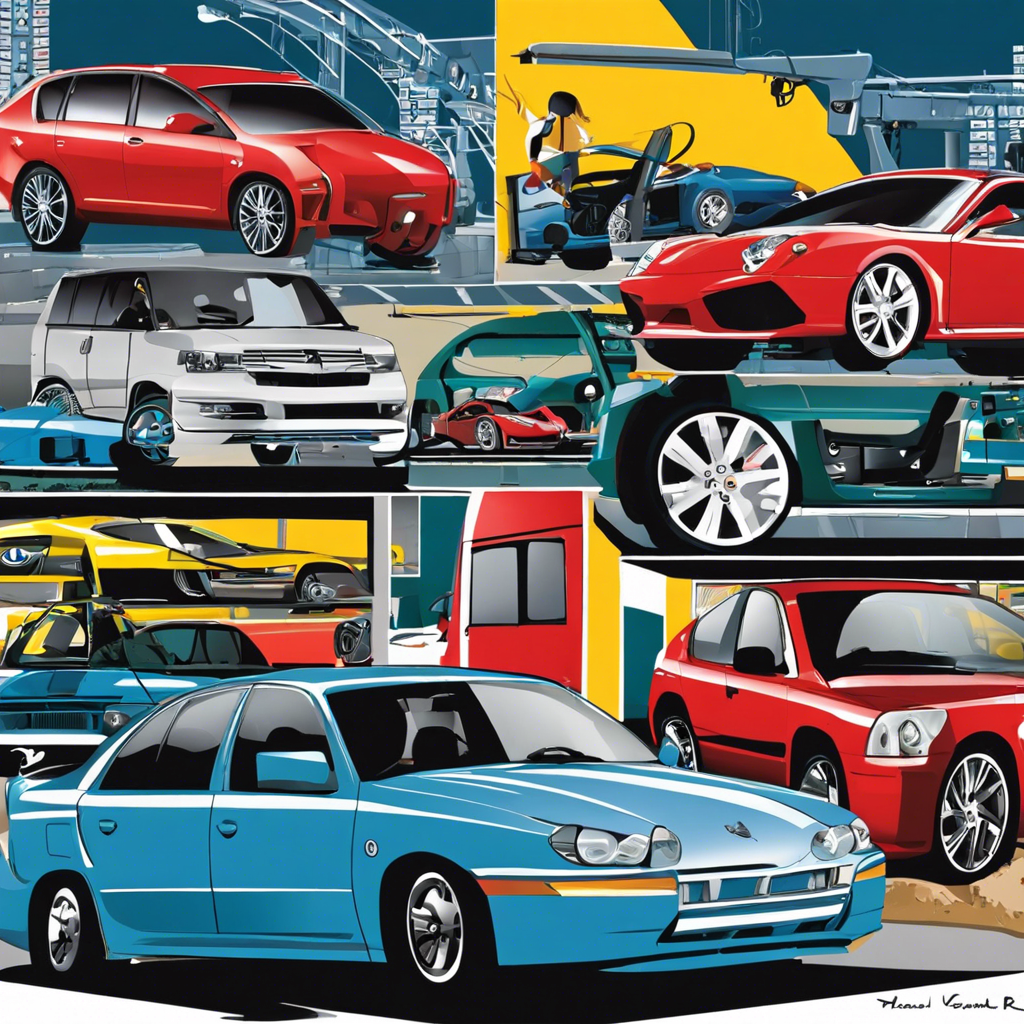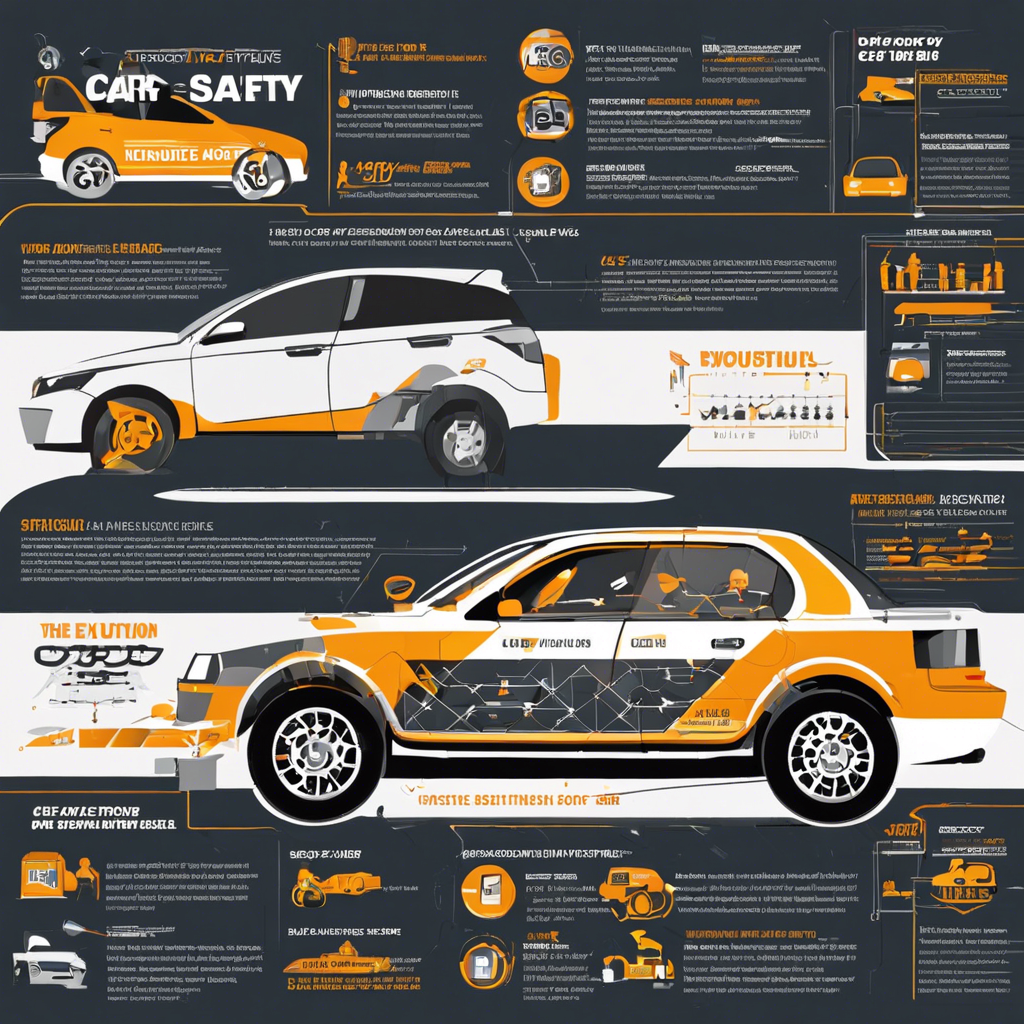Car troubles can be a headache, whether you’re dealing with a stubborn engine or a mysterious clunking noise. While some issues may require a trip to the mechanic, many common car problems can be troubleshooted and fixed at home with a bit of know-how. Here are some tips to help you diagnose and address issues with your vehicle:
First and foremost, familiarizing yourself with your car’s makeup is paramount. Modern cars are intricate machines with complex systems, and understanding the basics of how these systems work can help you pinpoint issues. Consult your car’s manual or online resources to learn about the engine, electrical, and fuel systems, as well as the basic mechanics of the moving parts. This knowledge will enable you to perform effective car care and maintenance.
If your car won’t start, the first things to check are the battery and its terminals. Ensure that the connections are clean and tight. If the battery seems weak, try jump-starting your car. However, if the battery is old or damaged, you may need to replace it. Modern cars often have a battery light on the dashboard that indicates a problem with the charging system, so keep an eye out for that as well.
Engine issues can be tricky to diagnose, but there are some telltale signs to look out for. If your engine is making strange noises, such as knocking or tapping, it could indicate a problem with the pistons or spark plugs. Check your owner’s manual for the recommended maintenance schedule and replace parts as needed. Unusual smells, like burning oil or hot wiring, can also indicate engine issues that need immediate attention.
Another common issue is a rough or bumpy ride, often caused by worn-out or uneven tires. Regular tire rotations and balance checks are essential to ensure even wear and tear. Additionally, inspect your tires for proper inflation, as underinflated or overinflated tires can impact fuel efficiency and handling. Keep a tire pressure gauge in your glove compartment and a small air compressor in your trunk to address any issues promptly.
Brake problems can be a safety hazard, so pay attention to any unusual behavior. If your car pulls to one side when braking, it could indicate a stuck caliper or contaminated brake fluid. Grinding or squealing noises may suggest that your brake pads need to be replaced. It’s important to have your brakes inspected regularly and to address any issues without delay.
The lights on your dashboard are there for a reason, so pay attention to warning lights. Modern cars have various sensors and computers that can detect issues and illuminate a warning light. Refer to your owner’s manual to understand the different lights and what they indicate. Some problems may be as simple as a loose gas cap, while others may require a mechanic’s attention.
Keeping your car well-maintained with regular checks and services can help prevent issues from escalating. Change your oil and filters as recommended, and don’t ignore small issues, as they can become bigger problems over time. Consult a mechanic or a trusted online forum for advice if you’re unsure about a problem. Finally, always keep a well-stocked emergency kit in your car for unexpected breakdowns or repairs.
In addition to the tips above, it’s important to trust your instincts. If something doesn’t seem right, it probably isn’t. Don’t hesitate to consult a professional mechanic for a thorough diagnosis and repair. Many problems can be prevented with regular maintenance, so stay proactive and keep your car in optimal condition.
Remember, troubleshooting car problems is a process of elimination. By following these steps and staying attentive to your car’s needs, you can efficiently identify and address most common car issues.



